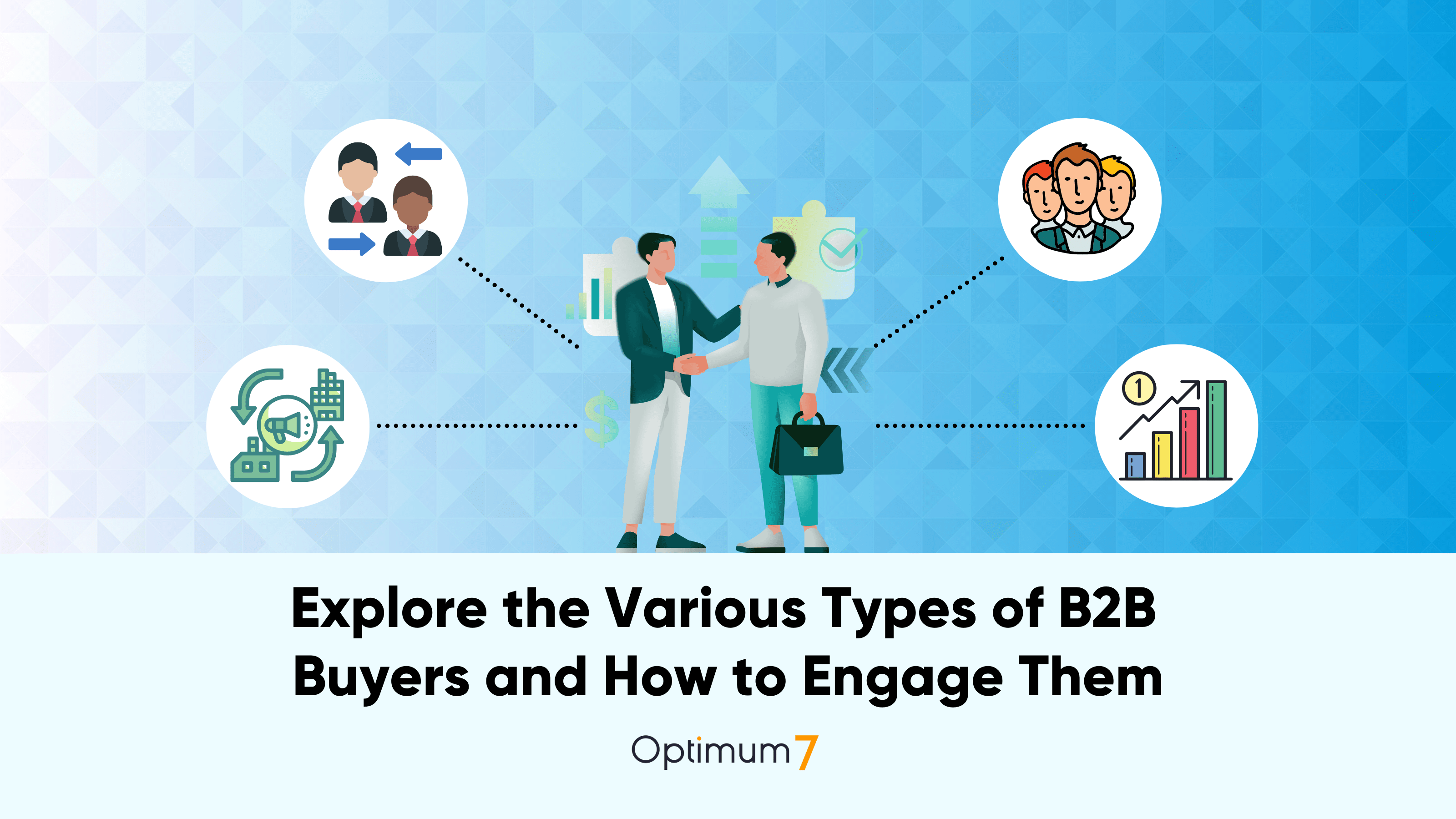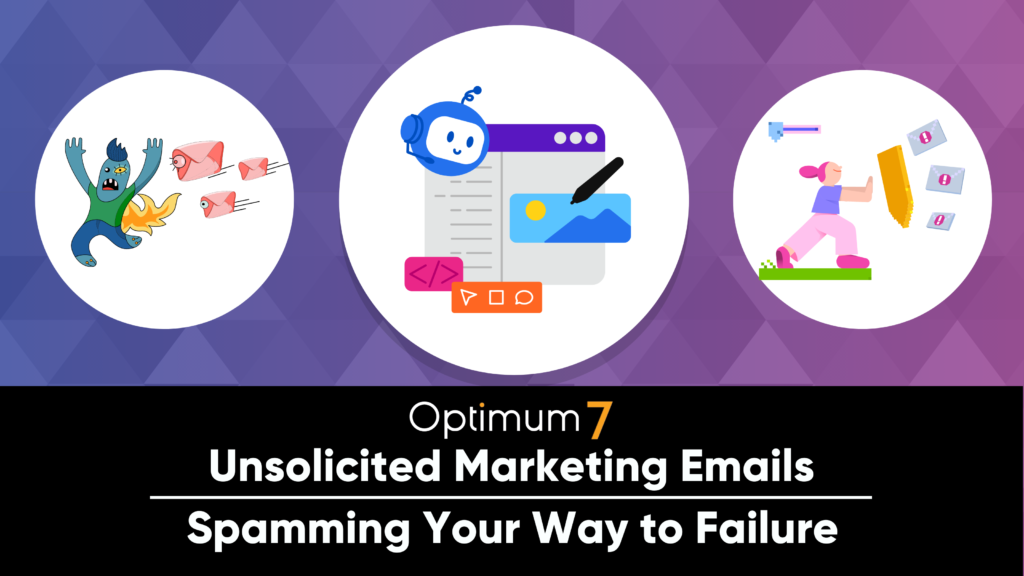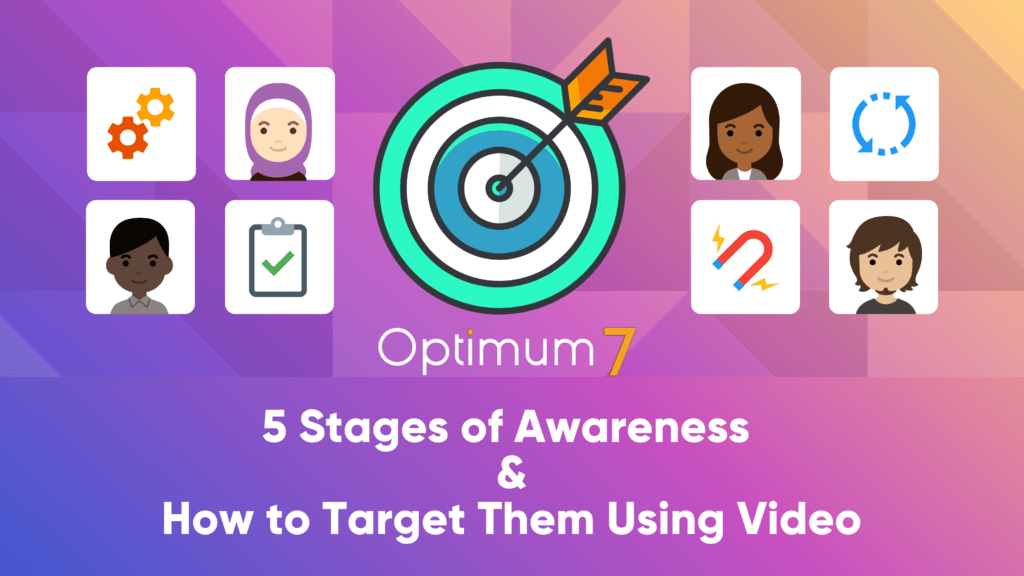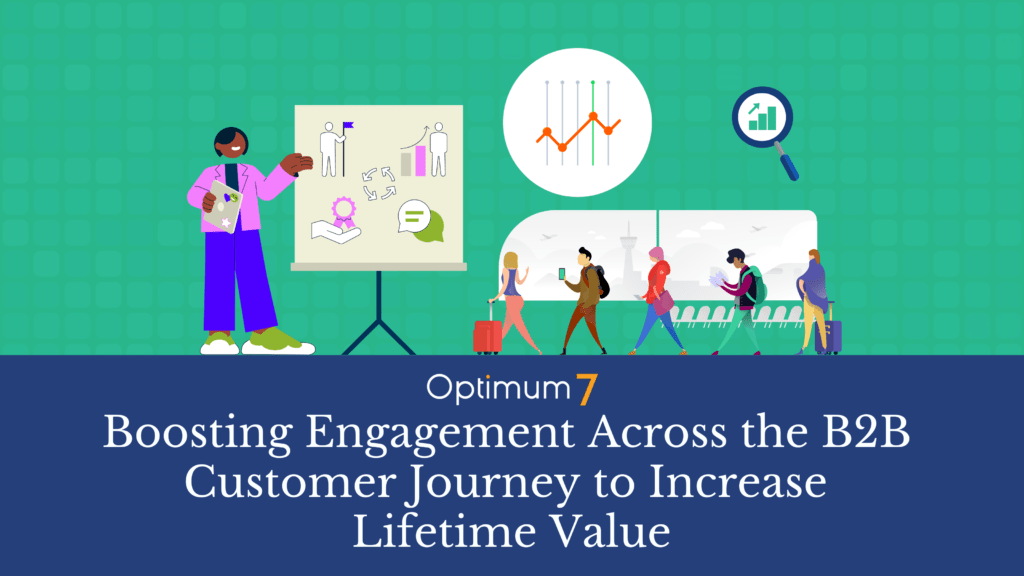Understanding the B2B buying process can feel a lot like trying to solve a puzzle where the pieces constantly shift. The pathway to a purchase decision is often complex and unpredictable, aptly named the “Messy Middle” by Google. This concept illustrates the non-linear journey that buyers embark on, weaving through various influences and decision points before reaching a conclusion. Getting a handle on this chaotic middle segment is crucial for crafting strategies that effectively connect with all players involved.
In the world of B2B transactions, decisions rarely rest in the hands of one individual. Instead, think of a scenario where 6 to 10 people, each from different corners of a company and with unique priorities, gather to hash out whether or not to make a purchase. From an Economic Buyer analyzing the return on investment to a Technical Buyer assessing compatibility issues, every participant has a significant impact on the outcome. This diversity introduces complexity but also opens doors to tailored, impactful communication.
This article dives into the various types of B2B buyers, shedding light on their roles and influences in the buying process. By understanding how to engage each type effectively, businesses can ensure their solutions not only meet diverse needs but also cut through the noise of the competitive B2B market.
The Different Types of B2B Buyers
In the diverse landscape of B2B transactions, buyers come with different roles and responsibilities, each influencing the purchasing decision in unique ways. Understanding these roles is essential for crafting targeted, effective sales strategies. Here’s a look at some key buyer types:
Economic Buyer
The Economic Buyer is primarily focused on the financial impact of a purchase. They weigh the costs against potential returns, making decisions based on the overall value the solution brings to their organization. This buyer needs to be convinced that the investment is justified by significant and tangible benefits, whether through cost savings, revenue generation, or both.
Champion
Champions are internal advocates for your solution. They understand and believe in the value your product or service can add to their organization. Champions work to sway other decision-makers, navigating internal politics to push your solution forward. They often need robust evidence and persuasive materials to support their advocacy efforts effectively.
Technical Buyer
Technical Buyers assess the nuts and bolts of a solution, focusing on its compatibility with existing systems, technical merit, and security features. Their approval is crucial, as they can veto decisions if the technical requirements are not met. Providing detailed product specifications, security standards, and evidence of successful integrations can help win them over.
Operational Buyer
Operational Buyers look at how a solution fits into the existing operational framework of their organization. They are concerned with the solution’s ability to integrate seamlessly with current processes and systems without disrupting daily operations. Demonstrations of efficiency improvements and testimonials from similar organizations are particularly persuasive to this buyer type.
Manager
Managers are influencers who oversee teams and projects that might use the B2B solution. They are interested in how a product or service can help achieve broader strategic goals and improve team performance. Managers value solutions that are scalable, easy to implement, and come with strong support and training components.
Other End Users
These are the individuals who will directly interact with the product or service on a daily basis. While they might not make the final purchasing decision, their feedback can heavily influence others. User-friendly features, efficiency, and the ability to solve day-to-day challenges are crucial selling points for this group.
Each of these buyer types plays a distinct role in the purchasing process, and understanding how to address their specific needs and concerns can significantly increase your chances of closing a sale.
How to Engage Each Type of B2B Buyer
Engaging each type of B2B buyer effectively requires a strategy tailored to their unique needs and decision-making criteria. Here’s how you can forge meaningful connections with each buyer type:
Engaging Economic Buyers
To connect with Economic Buyers, it’s essential to present a strong case for the return on investment your solution offers. Providing detailed financial models that illustrate potential cost savings and revenue generation can help paint a clear picture of the economic benefits. Additionally, sharing success stories and case studies from similar organizations can offer tangible proof of the value your product delivers. Offering financial incentives such as discounts, bundle deals, or favorable financing options may also make the investment more appealing to these financially focused buyers.
Engaging Champions
Champions are your allies within the target organization who advocate for your solution. To support their efforts, supply them with easy-to-understand content like infographics, videos, and white papers that they can use to persuade other stakeholders. Regularly checking in with Champions to provide updates, address concerns, and help them tailor the message for their internal audience is crucial. Acknowledging their efforts and providing recognition can also boost their credibility and commitment to your solution.
Engaging Technical Buyers
Technical Buyers scrutinize the technical aspects of your solution, so offering detailed documentation, such as guides and spec sheets, is key. Arranging discussions between your technical team and the Technical Buyer can help address specific concerns and showcase your expertise. It’s also important to emphasize your solution’s security features and compliance with industry standards, ensuring the Technical Buyer feels confident in the technical merits of your product.
Engaging Operational Buyers
Operational Buyers are focused on how your solution integrates with existing systems and enhances operational efficiency. Demonstrating your product’s ability to seamlessly integrate with current processes through demos or pilot programs can be highly persuasive. Highlighting features that improve operational efficiency, reduce task times, and enhance workflows will appeal to their focus on smooth operations. Additionally, pointing out any customizable aspects of your solution that can be tailored to fit their specific operational needs can further engage these buyers.
Engaging Managers
Managers are influencers who look for solutions that align with their strategic goals and improve team performance. Discussing how your solution can help achieve broader organizational objectives and connecting its benefits to their strategic priorities is essential. Providing training sessions, onboarding materials, and ongoing support can facilitate team adoption and maximize the benefits of your solution. Sharing case studies or testimonials that demonstrate the scalability and long-term benefits of your product can also resonate well with Managers.
Engaging Other End Users
End Users, who will interact with your product daily, prioritize usability and efficiency. Ensuring that your solution is user-friendly, with intuitive interfaces and straightforward functionality, is crucial. Actively seeking and incorporating their feedback into product development shows that you value their input and are committed to improving their daily operations. Highlighting specific features that address day-to-day challenges can significantly enhance the appeal of your solution to this group.
By addressing the specific needs of each buyer type with a thoughtful approach, you can enhance your engagement strategies, making them more effective and increasing the likelihood of a successful sale.
Understanding Complex Buying Centers
In the B2B realm, purchasing decisions are rarely straightforward or made by an individual. Instead, they typically involve what’s known as a buying center—a group of people within an organization, each playing different roles in the decision-making process. Understanding how to navigate these complex buying centers is crucial for successfully selling your solutions.
A buying center typically includes diverse roles such as Economic Buyers, Champions, Technical Buyers, Operational Buyers, Managers, and Other End Users. Each member of this center has distinct needs and influence levels, which can significantly impact the outcome of a purchasing decision. The challenge lies not only in addressing the concerns of those who participate directly in meetings and discussions but also in influencing those who might not be visible but have a say in the final decision.
The interplay between these roles means that purchasing decisions are influenced by a mix of financial, technical, operational, and personal considerations. For instance, while a Champion might be pushing for the adoption of a new technology based on its potential to streamline operations, the Technical Buyer will be scrutinizing its compatibility and security features. At the same time, the Economic Buyer will be evaluating the financial rationale behind the purchase.
Successfully engaging a buying center requires a nuanced approach that includes:
Comprehensive Communication: Tailor your communications to address the specific concerns of each role within the buying center. This might mean providing detailed technical data to the Technical Buyer while simultaneously offering case studies that demonstrate ROI to the Economic Buyer.
Facilitated Collaboration: Encourage dialogue between different members of the buying center. Facilitating discussions that allow each member to express their views and concerns can help in building a consensus, which is often necessary for moving forward with a purchase.
Strategic Persuasion: Utilize the influence of internal advocates like Champions by equipping them with the tools and information they need to persuade other members of the buying center. Champions can be particularly effective in bridging the gap between different concerns and priorities within the group.
Ongoing Engagement: Buying centers often require multiple interactions to reach a decision. Regular follow-ups and updates can keep the momentum going and ensure that your solution remains top of mind throughout the decision-making process.
By understanding the dynamics within complex buying centers and strategically addressing the varied needs of each member, you can enhance your ability to effectively engage and convert potential clients in the intricate world of B2B sales.
Harnessing Optimum7’s B2B Expertise for Your Success
Navigating the complexities of B2B purchasing requires more than just understanding individual buyers; it demands a deep comprehension of the entire ecosystem within which decisions are made. At Optimum7, we excel in deciphering this intricate environment. Our expertise in the B2B space enables us to craft tailored engagement strategies that resonate with every member of the buying center, from Economic Buyers to Technical Buyers and End Users.
We’re committed to helping your business not only meet but exceed the expectations of diverse buyer types. With our proven track record and deep insights into B2B buying behaviors, Optimum7 is your ideal partner for transforming complex selling challenges into opportunities for growth. Let us help you navigate the “Messy Middle” and connect effectively with key decision-makers, ensuring your solutions stand out in the competitive marketplace.






